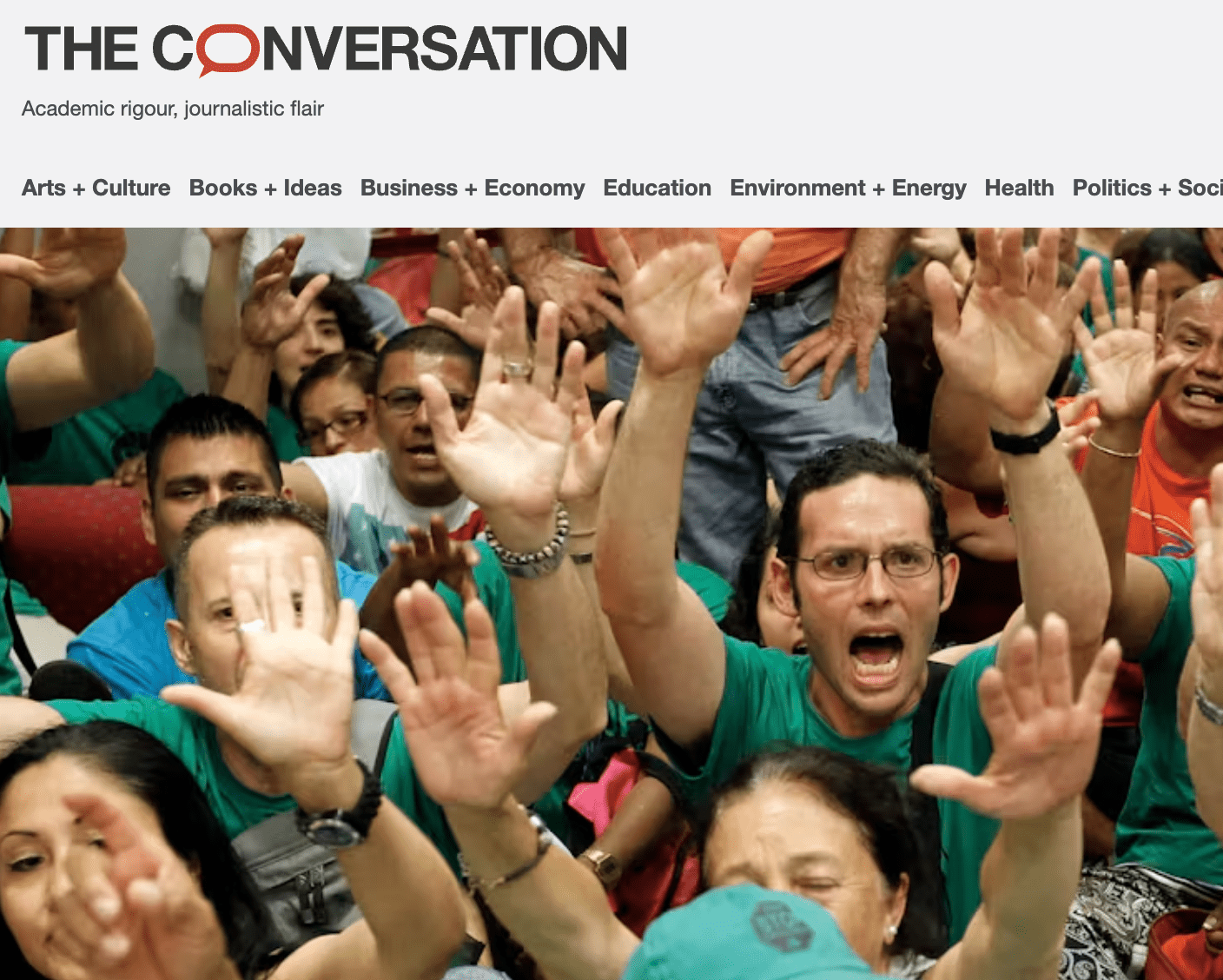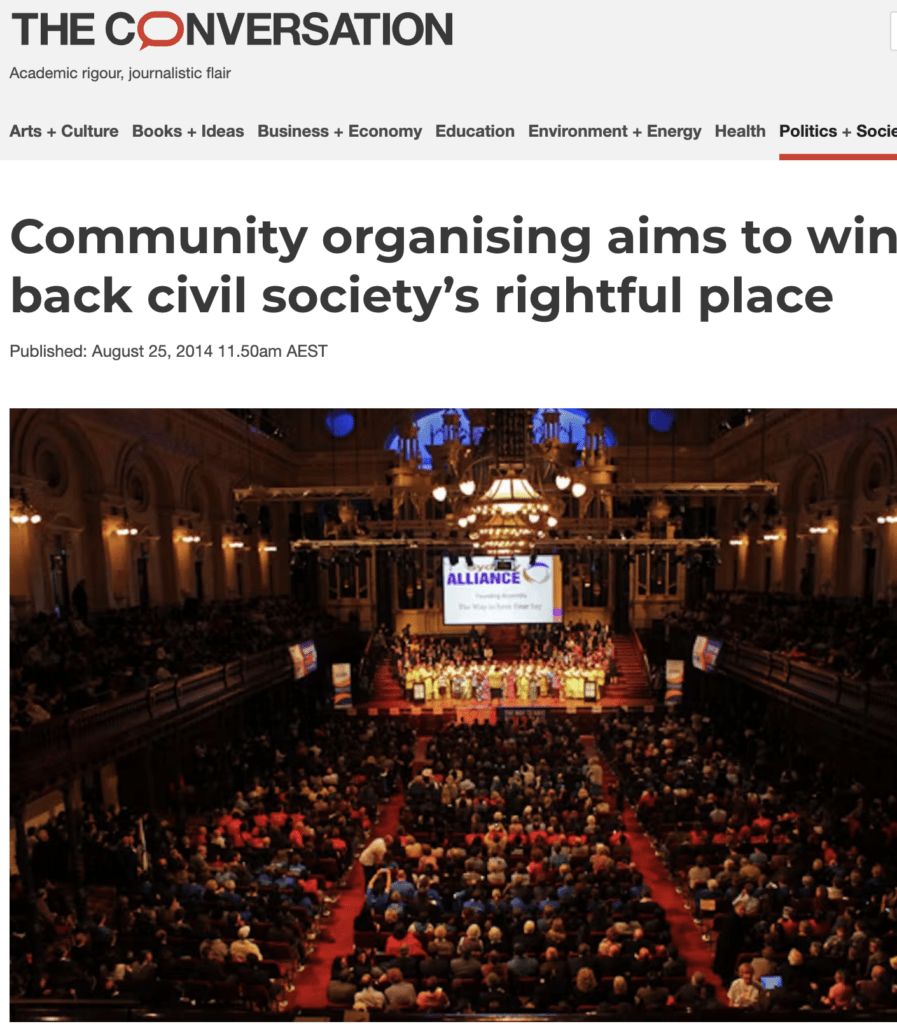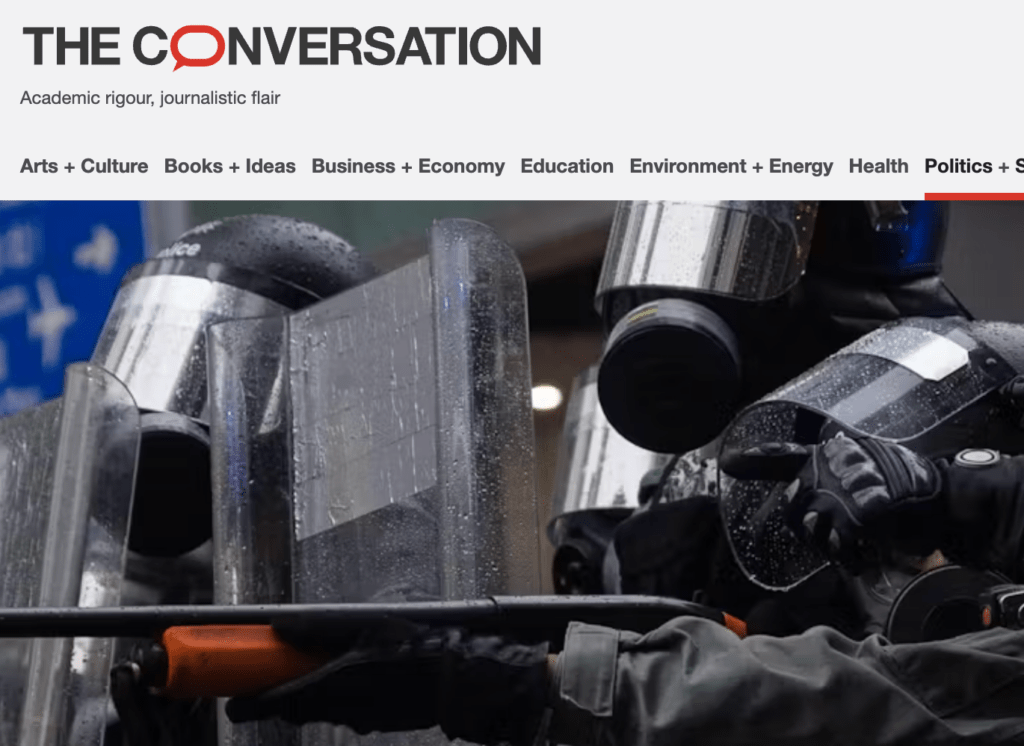Blogs & Speeches
In the ‘fearless city’ Barcelona residents take charge
Barcelona en Comu is a new urban political force produced out of years of citizen discontent and uprising. How did it emerge and what can it teach people in other cities?
In Barcelona a community experiment has taken place with new independent political parties spawned from a social movement around housing and public space. This article examines this new people power – which is also the feature of a ChangeMaker Podcast episode (it is the second story in the episode linked below) and is a part of the book People Power in Cities.
Citation:
Tattersall, A. (2019) In the ‘fearless’ city’, Barcelona residents take charge. Conversation, Nov 7.
Overview
Almost every global city has a similar dynamic – a battle between the finance capital that seeks to make money from the city and the needs of the residents who seek to make the city their home.
Rarely do we see residents successfully push back against the power of finance capital. But for those wanting to know how this can be done, look to Barcelona.
I conducted face-to-face research in Barcelona and this story features in the first episode of my new podcast series, ChangeMakers.
The 2008 global financial crisis was devastating for Spain. It had experienced a housing bubble, and the financial crisis turned quickly into a housing crisis.
In Spain, your sense of self is closely connected to owning a home. Franco created opportunities for people to own a home as a strategy to avoid revolution. Since the transition, parties on both sides have encouraged home ownership.
When the housing crisis came, the “Spanish Dream” came unstuck. Rising unemployment left many families unable to pay their mortgages and facing eviction.
Previously, if you were unable to pay your mortgage you sold your house. Now no-one wanted to buy those houses. People soon discovered how strict the foreclosure rules were – a little-known law allowed banks to evict if an owner defaulted on one mortgage payment. By 2017, half-a-million people had been evicted from their homes.
Enter the PAH, Plataforma de Afectados por la Hipoteca – “platform for people affected by mortgages”. In 2009 a small group of housing activists and progressive academics came together to contemplate what could be done. They set up an organisation to enable people to deal with this situation collectively.
The PAH ambitiously planned to disrupt this eviction crisis. But this wasn’t an easy task. About 50 people attended the first meeting in February 2009.
In the first year, according to co-founder Lucia Gonzalez, the group first needed to provide a space where people could grieve for what was happening to them – and to shift from thinking they were a failure for potentially losing their house to recognising it was a problem created by bigger social forces.
The PAH also realised they couldn’t fix people’s housing issues one by one. The problem was way too big. Instead, they needed to create spaces where people could teach each other how to solve their own problems.
They held Monday-night assemblies where people who were more experienced with housing issues helped those who were newly subject to evictions. Through working together, people came to realise the source of their problems was public policy. And to solve their own problem, and the broader policy problem, they had to work together.
Discovering the power of the public
Then 15M happened. Frustrated by what was happening to Spanish society, the Indignados – literally “the angry ones” – protested in their millions across Spain. The movement occupied Barcelona’s Plaza de Cataluna on and off for weeks.
15M – named after the day it started, May 15, 2011 – was a decentralised movement. As professor Joan Subirats from the Autonomous University of Barcelona told me in July, “there is no address [for 15M], there is no phone number”. It was a mass mobilisation, organised primarily using digital tools. In many ways it was a dramatic contrast to the intensive face-to-face organising work of the PAH.
15M lived in the town squares, and soon the PAH took advantage of those spaces. As Gonzalez told me, 15M “was a perfect storm”. The changemakers were able to connect the PAH’s deep organising work with the 15M mobilisation to grow their housing movement.
Carlos Macias joined the PAH around this time – he was invited to help “stop an eviction” where dozens, sometimes hundreds, of people would stand in front of threatened premises, risking arrest. The movement had come a long way once people lost their sense of shame and fear. Everyday people were prepared to take part in high-risk non-violent civil disobedience, and every time they won (and they won many times) they became emboldened changemakers.
But the housing policies that were the source of the problem had to be changed. To do this, they petitioned the federal government run by the conservative Popular Party to create a law to restrict the ability of banks to evict people who defaulted. They needed 500,000 signatures; they got 1.5 million. And much of the energy for collecting those signatures came from the mobilisations in the square.

More work

Community organising aims to win back civil society’s rightful place
How Saul Alinksy’s Chicago approach to community organising is finding a home in Sydney.

Like ‘shooting water’: why the Hong Kong government must accept that compromise is the only way forward
How the protest strategies in Hong Kong had their roots in lessons learnt from the Umbrella movement and…

After the march, what now?: International lessons for the UK anti-cuts campaign – insights from power in coalition
What happens after the rally? This piece explores strategies for building power after mobilisation.